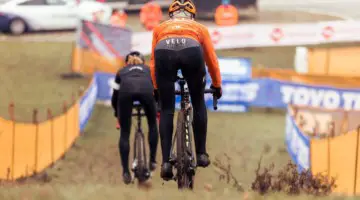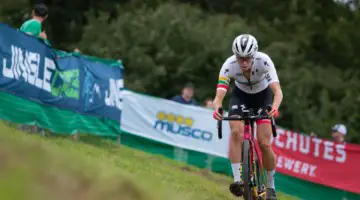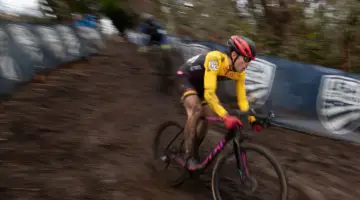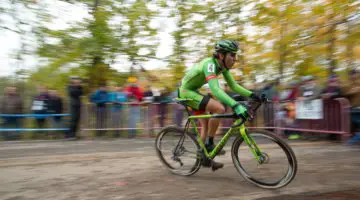There are so many articles on what to do for every second leading up to and during your race, but few cover what to do once the race is over.
I usually spend more time traveling to races in a given month than I do training, so what to do post-race is on my mind a lot. I think there are a few things that can make the next day go a little easier and maximize your performance.
You Crossed the Finish Line, Now What?
Hang out for a second and fist bump the people you raced with. Some of these people will be your friends for life, probably. Might as well make some friendships and swap some tales. If you did anything during the race you regret, now’s the time to own up to it too. That’s easier to handle with post-race endorphins (on both sides) rather than in the parking lot later. If you didn’t have a good race, we’ll get to that in a moment.
Roll to your car. Throw on a jersey (or jacket, depending on the weather), get a bottle of recovery mix, put that in a pocket and go for a cool down ride. I’m not usually fond of recovery mixes but getting rehydrated and some calories on board post-race begins the recovery process that much sooner. That enables a better day on the bike tomorrow or allows you to get back to training during the week sooner.
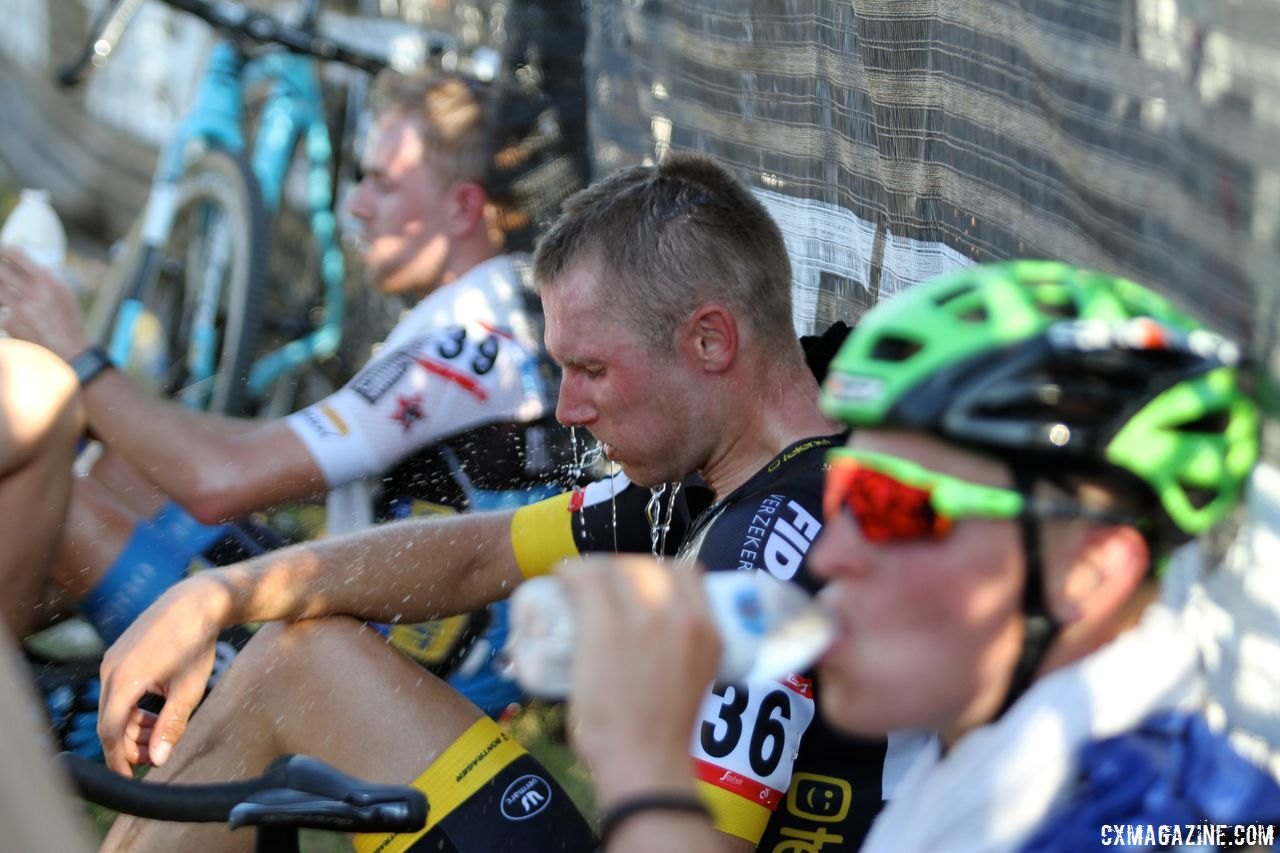
Make sure to get some water and recovery drink after your race. 2017 Trek CX Cup. © D. Mable / Cyclocross Magazine
The cooldown is a part of that too. Take 10-20 minutes in your easiest gear and take the bike for a walk. Your legs will thank you for it, but that’s not the real reason you should do it.
Whether you had a good or bad race, you need to create some space and perspective to think about the race and bring your mind and body back to normal. Going for a ride and getting away from the hype of it all will allow you to get to that state.
Think about what went wrong and right during the race. What, if anything, could you have done differently? How are you going to address those issues next time? Give yourself some time to think about the race away from other people. Maybe you’re really angry. That’s fine. Give yourself a fixed amount of time to feel that way. But at some point, you have to let go of that because it’s in the past. You can’t do anything about that now.
You can make a plan for the future though. “You get five minutes to complain about the mission and then you carry on with it” is how I’ve heard it put by some military people.
The same applies post-race. You get a few minutes to dwell on the past, but at some point, you have to focus on the present.
As a practical matter, there are almost always some quiet roads around the race or a big parking lot you can roll around it. It’s not always perfect, but it’s the very rare race I haven’t found anywhere to ride. You should be going so slow you really don’t need more than a mile or two to head out on, then come back.
Rollers are great for this too, no doubt. But I like to get away from the hype for a minute and I recommend you try and do the same.
Get Out of Your Chamois
So you’ve cooled off physically and mentally and gotten down a bottle. Now what? Get out of your chamois. You see a lot of people in chamois longer than they should be. It’s sweaty and gross and your skin is pretty vulnerable post-race.
Then get something real to eat as soon as you can. I often pack something to eat. But if I know there are going to be food vendors I’ll try and hit them post-race. There’s usually some amazing local food available. Then go watch the pro race if you can! You’ll see all sorts of lines and techniques during that race that may help you out at your next race. And the level of access to pro bike racers is such a great part of the sport. Take advantage of it!
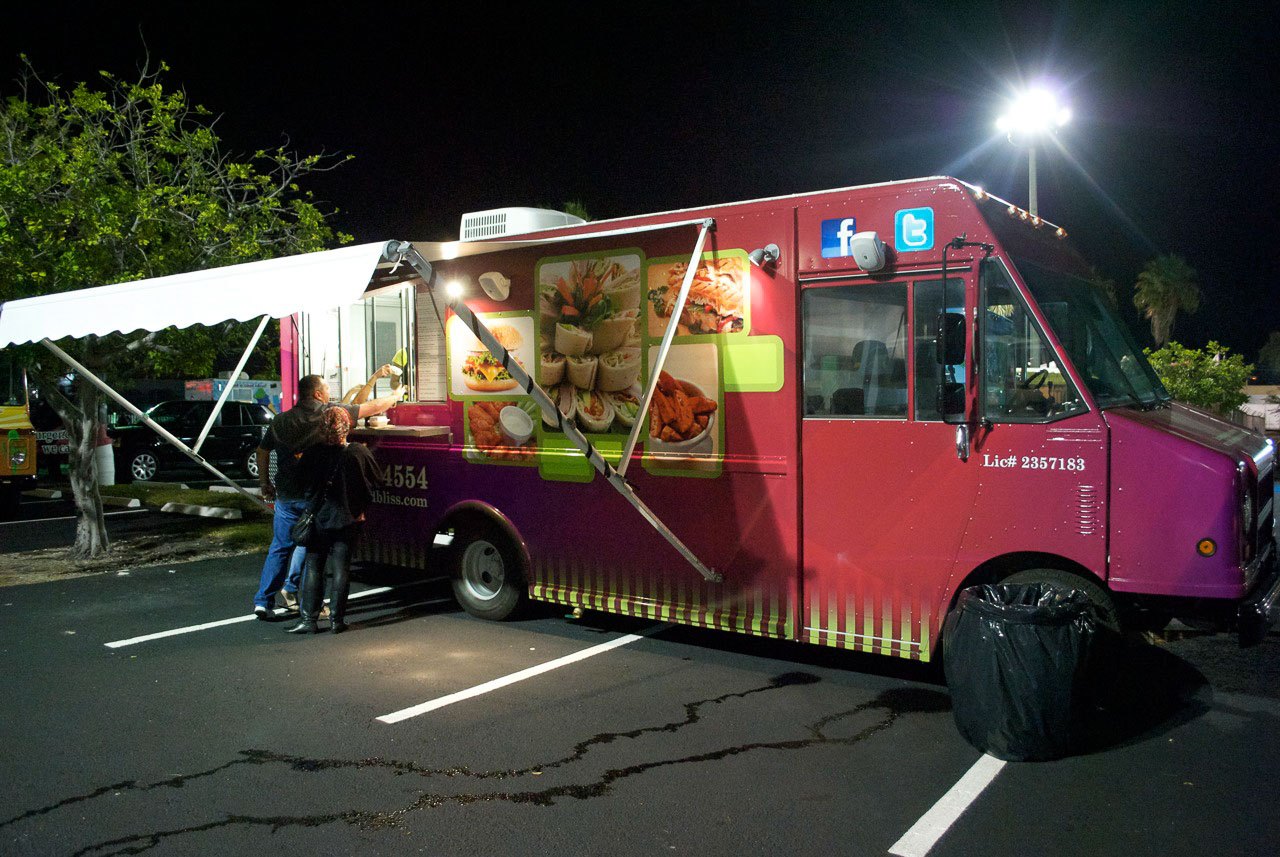
Go ahead, race local, eat local by supporting your local food track at the race. photo: Bob B. Brown
Here’s my hard-earned tip for when you head back to the car and get ready to leave. I make everyone get in the car, then I get back out and do a full walk around the car to make sure nothing is on the ground or on the roof. I’ve lost enough items both ways that I’m very careful about that now. This is also the point to make sure everyone got their stuff from the pit and the start line.
Heading Home
On the drive home have some water handy to drink. Enabling drinking means you will drink more, which is a good thing both for your legs and digestion. If you’re prone to “cross gut,” most of that is dehydration. Water or something carbonated will help a lot there.
If you have a particularly long drive (say over two hours), I’d suggest some compression socks. That’s the sort of situation they are designed for. Personally, I find they help with my recovery a lot.
If you have a very long drive (three-plus hours) I’d suggest moving around at rest stops in a structured manner to get blood flowing. I like to do walking lunges but whatever gets the blood moving and activates the glutes you are smashing is a good thing.
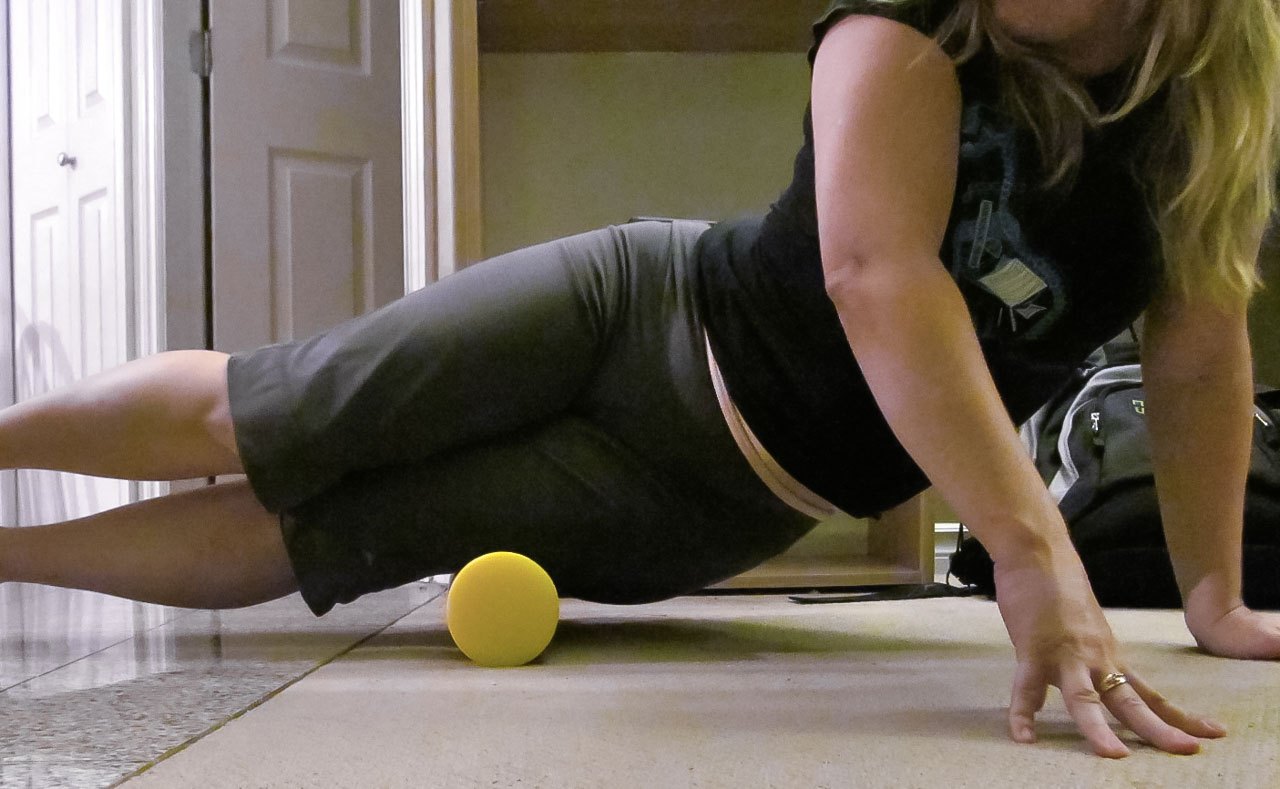
Using a foam roller at night after your race is a good habit to get into. Training Tuesday: Focusing on Rest and Recovery. photo: Beth
Once you’re home, get your bag out of the car ASAP. You don’t want to accidentally leave all that sweaty clothing in your car overnight. Take the bag straight to the laundry room. Even if you don’t wash them that night at least they’re sitting there ready to be processed. Remember, clothing goes from bag to washer to drying and then back in the bag. Never anywhere else during cross season.
Post-meal, before bed, I’d suggest some foam rolling or stretching. It doesn’t have to be much, and hopefully you already have a short 10-20 minute routine you perform most nights anyways. If you don’t have that routine, it might be time to get one! It’s a great way to calm down and get the body ready for sleep, aside from the physical benefits of the practice.
Monday should be a day of tending to the bikes and other equipment, but that’s a column for another day!
For more training advice, see our Training Tuesday archives.






















